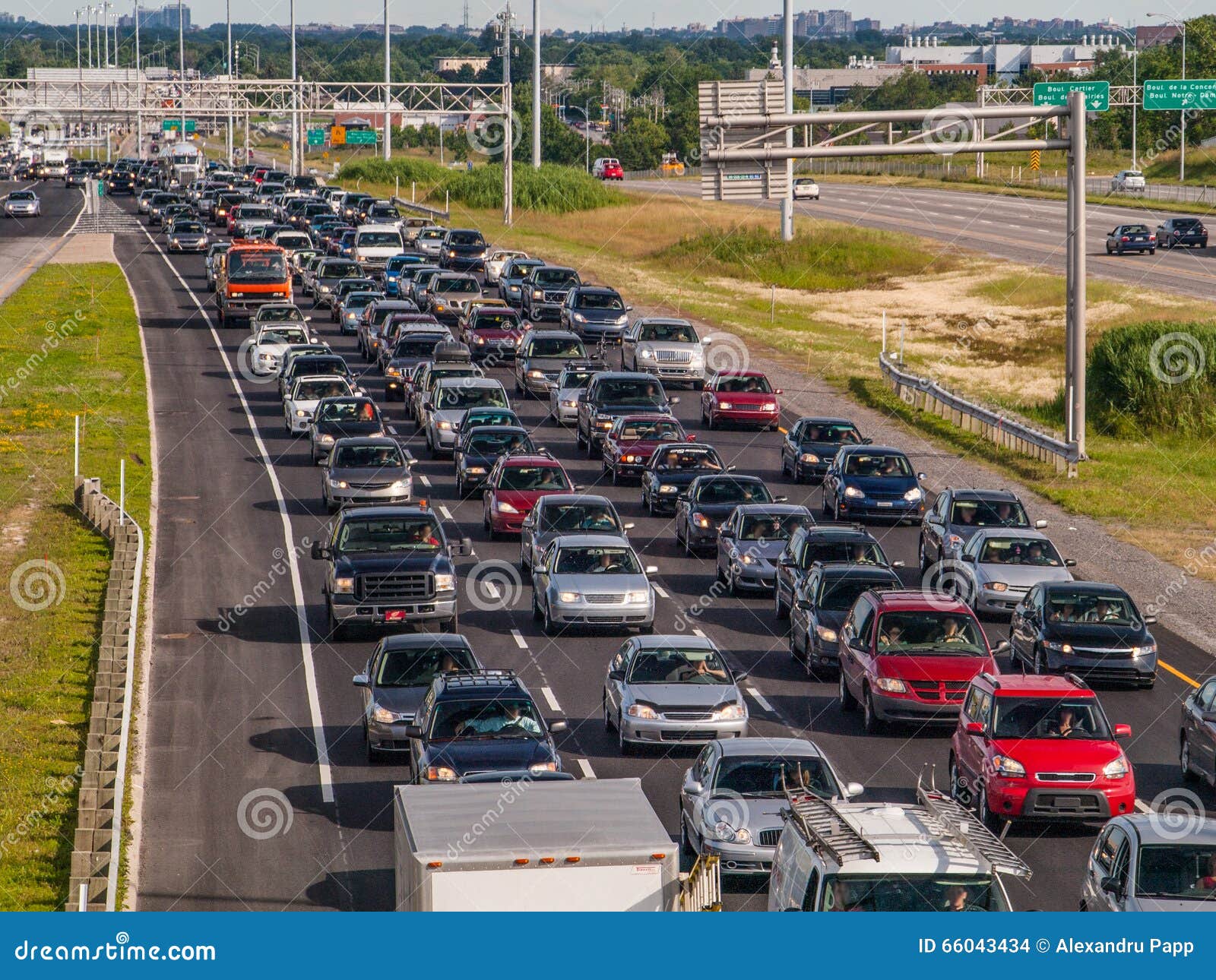
on an average weekday in February 2019 and February 2022, showing congestion is back but with shifting patterns. I can tell you our traffic this morning, if you were driving anywhere, you would've seen that you had a lot of company on the roadway." Maps presented Wednesday by the state's highway administrator compare traffic trends at 5 p.m. "Not quite as bad as where we were back in 2019 pre-pandemic, but getting closer by the week. "A lot of that red is creeping back in," Gulliver said, referencing traffic maps in his presentation. Most show slightly to significantly faster travel, while traffic has surpassed pre-COVID levels on some routes. Gulliver presented data reflecting the change in travel times for the morning and evening peaks headed in both directions on more than a dozen of the most heavily traveled highways around the greater Boston area. "It seems that we were just getting back to this point when delta ended before the next surge hit us, so we don't really have a great handle on where things are going yet."Īs has been the case for much of the pandemic, granular route-by-route traffic patterns have shifted from previous norms even as the overall volume approaches its past levels. "This is still something we're continuing to watch closely," Gulliver told the Department of Transportation's board on Wednesday. What remains difficult, Gulliver said, is extrapolating trends from vehicle volumes clogging up highways, which rebounded far more quickly than public transit after initial lulls but have also fluctuated with the peaks and valleys of the public health crisis. In June, Highway Administrator Jonathan Gulliver declared that "traffic, for all intents and purposes, is back to about 2019 levels." On Wednesday, a couple of months removed from the worst of the omicron-fueled winter surge that trimmed congestion down, Gulliver said the latest data indicate Bay State roads are again "seeing traffic return pretty quickly." Charlie Baker first declared a COVID-19 state of emergency and nine months after he lifted that emergency declaration, state officials are still grappling with volatility across the transportation landscape as both employers and employees have both adopted new patterns and stuck to old ones.



#Rush hour traffic drivers
Welcome to the brave new world of driving around Massachusetts, where roadway congestion continues to inflict grating headaches on drivers but the patterns themselves have changed. And on the Fall River Expressway, traffic flow changes are barely perceptible. A morning rush hour trip on a well-traveled stretch of Interstate 93 southbound now takes nearly four minutes longer than three years ago. The morning slog on Interstate 95 toward Boston from points north and south of the city is six-plus minutes faster today than it was before COVID-19 rewired commuting. Facebook Email Vehicle traffic leaving Boston on the Massachusetts Turnpike.


 0 kommentar(er)
0 kommentar(er)
